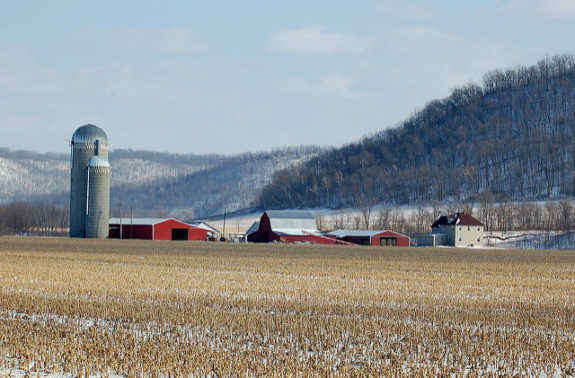
April 6, 2017, Red Wing Republican Eagle
UCare Minnesota, established in 1984 by the Department of Family Practice at the University of Minnesota Medical School, is an independent, nonprofit health plan (the state’s fourth-largest) providing health coverage and services to more than 300,000 members. For the past ten years, UCare funded a critical residency program for primary care doctors preparing to practice in rural Minnesota communities. Lost profits resulting from the state legislature’s prohibiting UCare from selling insurance to Medicaid patients now threaten the continuation of this vital rural residency program past June. Governor Mark Dayton and the Minnesota House of Representatives are proposing to add $14 million over two years to the state’s support of the medical school to support the residency program, but the state Senate’s higher education funding bill does not include any additional spending to replace lost UCare dollars.
According to UCare Chairman Dr. Macaran Baird, “It wouldn’t happen in a week, or a month, maybe a couple years, but that would all dwindle away because we wouldn’t have the money to fund these programs.…It would undermine one of the fundamentally wonderful things about the University of Minnesota medical school.”
Already, the number of graduates from the university residency program has declined by about 10 percent over the past five years. While the American medical system is known for expensive drugs and heroic end-of-life care, rural health care is not a priority. NPQ recently reported on the alarming rate of rural hospital closings. The deteriorating state of rural health care outcomes since 1990 is a consistent subject addressed by NPQ.
According to the National Rural Health Association, family physicians comprise only 15 percent of the nation’s outpatient physician workforce, but they provide 42 percent of the care in rural areas. Rural residents have greater transportation difficulties reaching health care providers, often traveling great distances to reach a doctor or hospital. Rural communities have more uninsured residents, as well as higher rates of unemployment, which also limits access to health care.
The patient-to-primary care physician ratio in rural areas is only 39.8 physicians per 100,000 people, compared to 53.3 physicians per 100,000 in urban areas.
Sign up for our free newsletters
Subscribe to NPQ's newsletters to have our top stories delivered directly to your inbox.
By signing up, you agree to our privacy policy and terms of use, and to receive messages from NPQ and our partners.
Measured in terms of income, rural Americans are more likely to live below the poverty level. About 25 percent of rural children live in poverty. According to a recent report published the British medical journal The Lancet, income inequality means wealthy Americans now live up to 15 years longer than poor Americans.
According to the Center for Rural Affairs, 14.6 percent of rural households receive Supplemental Nutrition Assistance Program (SNAP) benefits, while 10.9 percent of metropolitan households receive assistance.
The Red Wing Republican Eagle profiles a recent university residency graduate, Dr. Sufian Zayed. Dr. Zayed practices family medicine at the Mayo Clinic in Mankato.
“As much as I love serving people, working with them and helping them, I feel sometimes that the shortage is definitely impacting that whole process,” he said. “We don’t have physicians out there working in these areas and supporting populations out there.”
As rural America becomes more elderly, sick, and poor, innovation and the adoption of new care delivery and payment models are the challenges facing Dr. Zayed, his alma mater, and the Minnesota state legislature today.—James Schaffer













